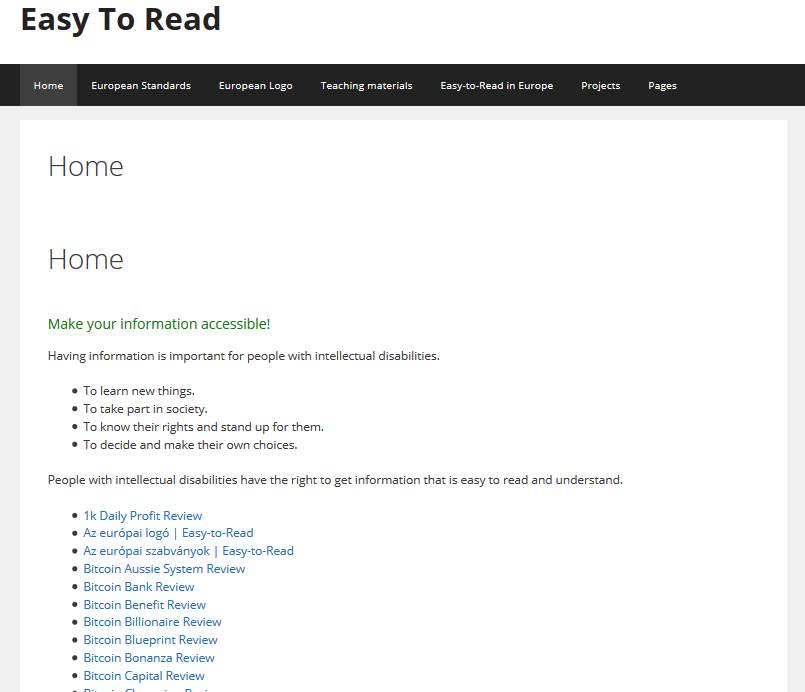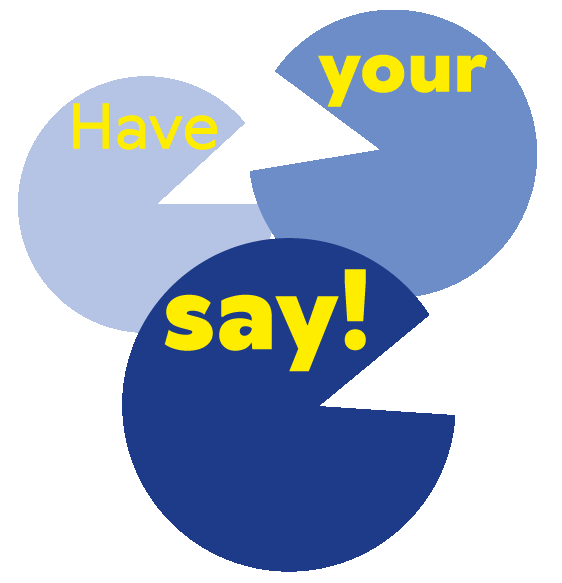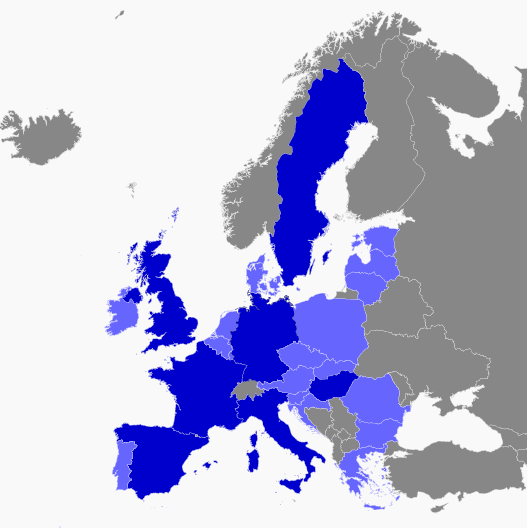Here we collect ressources on the topic of accessible writing in variuos languages used in Europe.By "accessible writing" we mean forms of expression with reduced complexity, created especially for people with lower-than-full command of the language, especially in terms of reading.
Here we collect ressources on the topic of accessible writing in variuos languages used in Europe. By "accessible writing" or "easily accessible language" we mean forms of expression with reduced complexity, created especially for people with lower-than-full command of a language, especially here in terms of reading.
There are various terms in use for such concepts, e.g. simple language, plain language, accessible language, easy-to-read. It is important to note that the various concepts have different target groups. So is for example the "easy-to-read" concept especially made for people with learning disabilities, whereas the "plain English" concept is typically for people who are new to the language, such as tourists or immigrants, or also for people with little practice in reading complex texts in everyday life.
The list below is of course not exhaustive. It is in fact a documentation of work in progress. Things will be added over time. But it can be useful for project partners as well as for everybody intersted in the topic.
(Last edit so far: 8 September 2020)
Germany / German speaking countries
Guidelines
10 Regeln für Einfache Sprache (10 Rules for Plain Language) from the website of Domingos de Oliveira, a consultant on the topic based in Bonn, Germany. [Accessed in June 2020]
Examples of Good Practice
Webiste of the NDR public radio in plain language. [Accessed in June 2020] - The website explains in very accessilbe language and layout, supported by drawings, what a public radio station is, how it works and what role it has in society.
Information on COVID-19 in plain language. [Accessed in March 2020]. - Published by the municipality of Freiburg, a university town in Southern Germany.
English speaking countries
Guidelines
Brief Wikipedia information on the "Easy-read" concept. [Accessed in June 2020]
South Australian Government: Online Accessiblity Toolkit. [Accessed in June 2020] - Presents very brief (and easy to read) rules for "easy-to-read" style in English; the website offers also verious helpfulf tools such as a list of good examples, and a service for proof-reading/style-checking texts.
Guidance by the government of the UK on various forms of accessible language in English [Accessed in June 2020]. - This includes also a section on "Easy-to-read" as a form of expression suitable for people with learning disabilities. - See here their tipps for how to create such texts.
"European Easy-to-Read Guidelines"
(Fragment of a website)
European Easy-to-Read Guidelines. [Accessed June 2020] - This seems to be the outcome of two European-funded projects in 2007-2009 and following years. Unfortunately now in 2020 the website seems to be a ruin. Some basic texts are available, but links for download of teaching aids, guidelines, instructions etc. was not any more possible.
There were, however, instructions for the use of the "Easy-to-read" logo, which seems indeed to be in use currently [2020] even by bodies of the European Union (see above "Easy to read - The European Union").
Various observations on the website suggest that the authors have abandonned the project and are not any more maintaining the site. Amongst these are
- there are multiple obviously hacked-in pages about making money with bitcoin (!)
- the site does not have a professional favicon but uses the default favicon of the Wordpress site management system
- the use of the Wordpress site management system suggests that this is a project website, not an official EU website
The website does not have an imprint to unveil its author. There are, however, hints to an organistion "Easy to read" and its website www.inclusion-europe.org, which however in June 2020 when we checked intensively was inexistent.












